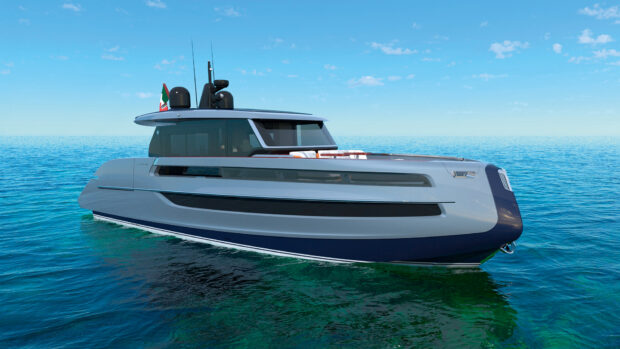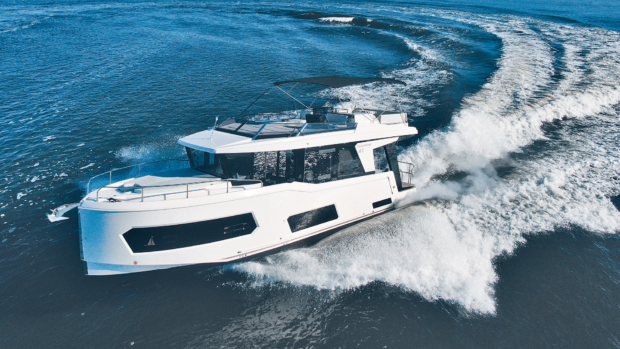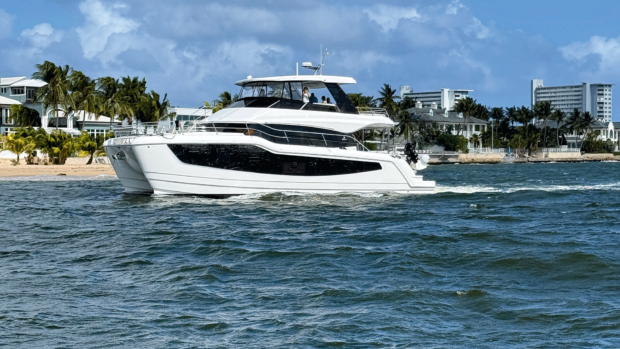EU directive lends protection to 15 special conservation areas
Thirteen coastal locations around the UK have been named as Special Areas of Conservation (SAC) in a bid to protect some of our most important marine habitats.
The sites will become part of a European network of protected areas designed to safeguard the reefs, sea caves and sandbanks that have been deemed crucial to marine life by scientific studies.
Sandbanks act as nursery grounds for many commercial fish species such as plaice and sole whilst also supporting sand eel communities that are a food source for seabirds and mammals, such as seals.
Reefs support a colourful array of sponges, sea squirts and corals that provide shelter for crustaceans such as the squat lobster (pictured).
Another two sites have been designated as Special Protection Areas (SPAs)
due to their importance to the protection of marine wildlife.
Marine Environment Minister, Richard Benyon, said: “Our seas are home to some of the most diverse species and habitats in the world and they need just as much protection as our land. Today is a major step forward in helping us to achieve clean, healthy and vibrant seas where marine life can thrive.”
A number of government bodies will now begin discussions on how the areas should be managed and devise measures to restrict any activities that may damage the SACs.
The Marine Management Organisation (MMO) will oversee the offshore sites and the Sea Fisheries Committees (SFCs) will take care of inshore areas.
The SACs are separate from the proposed Marine Conservation Zones (MCZs), which are specific to the UK, but are designed to work together to create a network of Marine Protected Areas (MPAs).
Two consultations also start today for sites at the Dogger Bank in the North Sea and proposed new boundaries for Lune Deep near Blackpool and Prawle Point in Devon. The consultations will close on 12th November 2010.
The new Special Areas of Conservation (SACs) are:
– Inner Dowsing, Race Bank and North Ridge (joint English/offshore site for sandbank and reef)
– North Norfolk Sandbanks and Saturn Reef (offshore site for sandbank and reef)
– Haisborough, Hammond and Winterton (joint English/offshore site for sandbank and reef)
– Margate and Long Sands (English site for sandbank)
– Bassurelle sandbank (offshore site for sandbank)
– Lyme Bay and Torbay (English site for reef and sea caves)
– Prawle Point to Plymouth Sound and Eddystone (English site for reef)
– Lizard Point (English site for reef)
– Land’s End and Cape Bank (English site for reef)
– Shell Flat (English site for sandbank)
– Red Bay (Northern Irish inshore site for sandbank)
– North-West Rockall Bank (offshore site for reef)
– Wyville Thomson Ridge (offshore site for reef)
The new Special Protection Areas (for birds) are:
– Outer Thames Estuary (joint English/offshore site for red throated diver)
– Liverpool Bay/Bae Lerpwl (agreed with the Welsh Assembly Government – joint English/Welsh site for red throated diver and common scoter)










